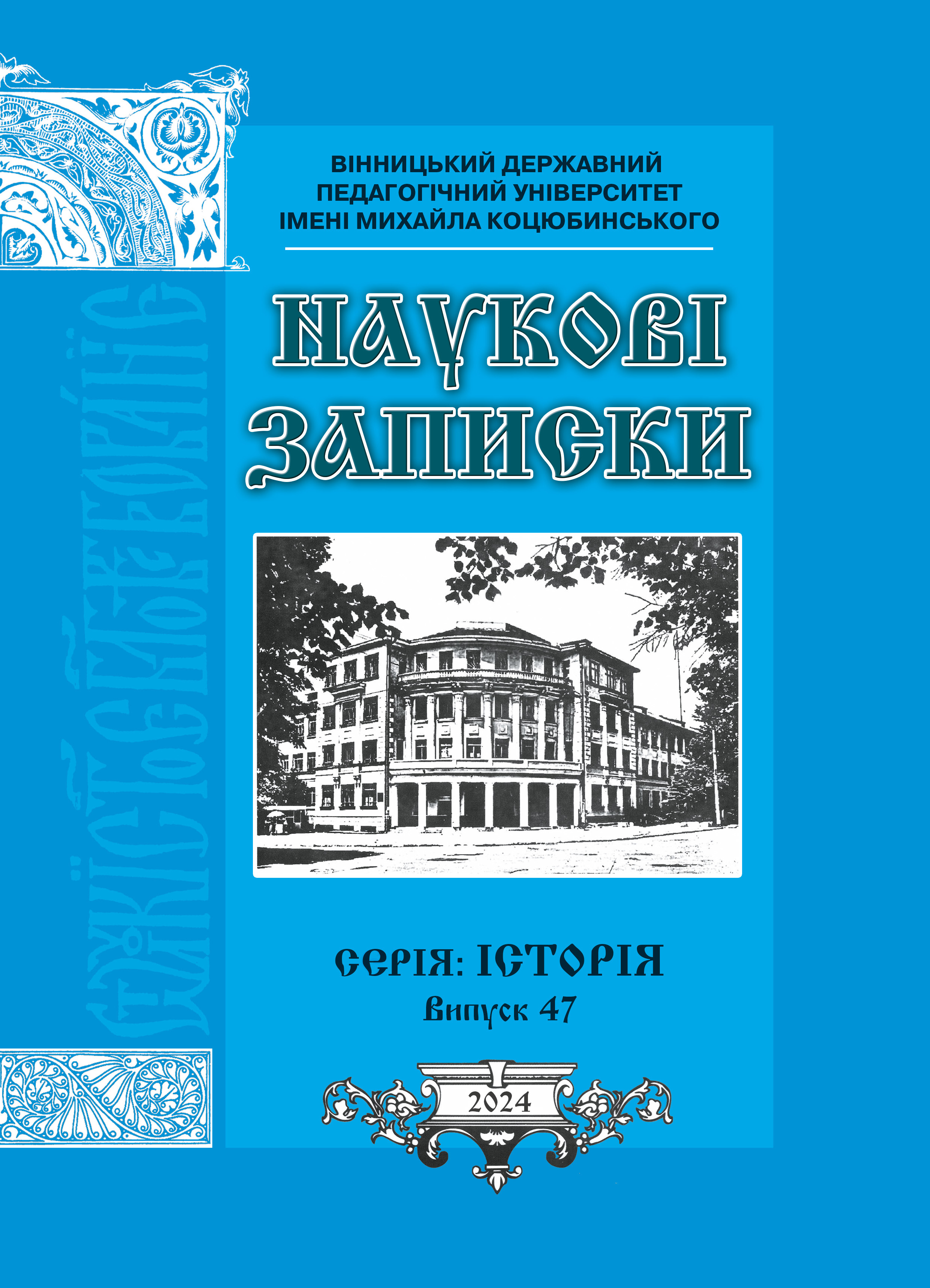Abstract
Based on new sources, the article identifies the causes, progression, and consequences of the Soviet communist regime’s struggle against private entrepreneurial activity, in particular speculation and reselling, during the Holodomor-Genocide of 1932-1933. The research methodology is based on a combination of general scientific (abstraction, analysis, synthesis, and generalization) and specialized historical (historical-critical, historical-systemic, problematic, and quantitative) methods guided by the principles of historicism, systematicity and scientific rigor. Scientific novelty. On the basis of a wide range of the previously unpublished archival documents and sources, the paper examines the communist regime’s struggle against the so-called speculators, regarded both as its competitors and enemies. The study analyses the forms and methods of speculators’ activities and punitive authorities’ measures in the fight against them. The list of food products leads to specific conclusions regarding the Soviet regime’s deliberate policy of organizing the Holodomor-Genocide by restricting all food items from open circulation and establishing full state control over their distribution. Conclusions. The research provides evidence supporting the claim that the Soviet communist regime, building a society based on state ownership, viewed private trade, speculation, and reselling as threats to the state monopoly. Their suppression became one of the components of the Holodomor-Genocide of 1932-1933. By establishing total control over production and distribution, the authorities eliminated any attempts of the segment of the population to redistribute food in favor of those in need. The liquidation of speculators and resellers deprived millions of Ukrainians of the opportunity to escape starvation.
References
Васильєв, В., Шаповал, Ю. (ред.). (2001). Командири великого голоду: Поїздки В.Молотова і Л.Кагановича в Україну та на Північний Кавказ. 1932-1933 рр. Київ: Генеза. 399 с.
ГА МВС України, м. Вінниця - Галузевий архів Міністерства внутрішніх справ України, м. Вінниця
Кульчицький, С. (2013). Червоний виклик. Історія комунізму в Україні від його народження до загибелі. Книга 2. Темпора, Київ., 628 с.
Марочко, В. (2013). Листування Й. Сталіна та Л. Кагановича у червні-серпні 1932 р: технологія голодомору // Краєзнавство, № 4. С. 55-58. http://nbuv.gov.ua/UJRN/kraeznavstvo_2013_4_7
Осокина, Е.А. (2008). За фасадом «сталинского изобилия»: Распределение и рынок в снабжении населения в годы индустриализации. 1927-1941/ 2-е изд. доп. М.: Риссийская политическая энциклопедия (РОССПЭН); 2008. 351 с.
Пиpiг, P.Я. (упоряд.) (2007). Голодомор 1932-1933 років в Україні: документи і матеріали. HAH Укpaїни. Iн-т iстopiї Укpaїни. К.: Bид. дiм. 1128 с.

This work is licensed under a Creative Commons Attribution 4.0 International License.
Copyright (c) 2024 Pavlo Kravchenko





